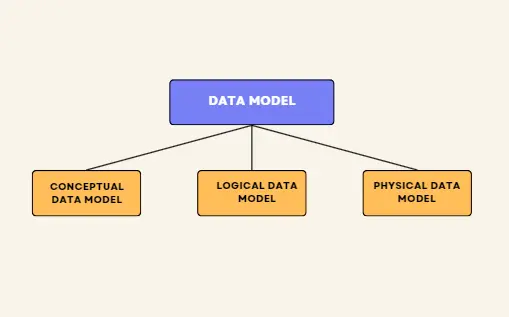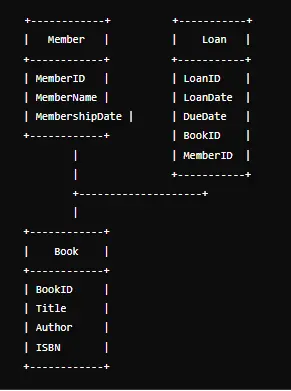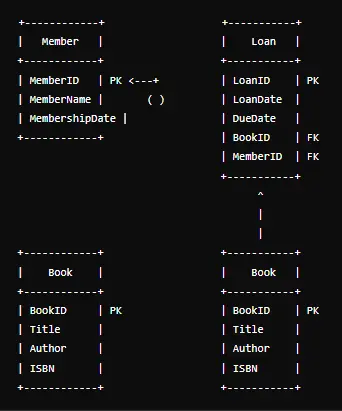A Data Model in a Database Management System (DBMS) summarizes the description of the database using various tools. Additionally, data models give us a transparent picture of data, which facilitates us in making a real database. Furthermore, it shows us everything from the structure of the data to its correct implementation. Therefore, let’s delve into the various types of data models commonly used in DBMS.
Types of Relational Models
Conceptual Data Model
Logical Data Model
Physical Data Model

CONCEPTUAL DATA MODEL
A Conceptual Data Model (CDM) in Database Management Systems (DBMS) is a high-level description of the data systems and the relationships among them, aimed toward representing the overall organizational data conditions without focusing on how they’ll be physically executed in the database. The CDM is used to make sure that every stakeholder, consisting of business analysts, Data architects, and developers, have a common understanding of the Data and its structure
Conceptual Data Model Diagram

In this Example:
>Member has a one-to-many relationship with Loan (a member can have multiple loans).
>Loan has a many-to-one relationship with Book (a book can have multiple loans).
LOGICAL DATA MODEL
A Logical Data Model (LDM) in a Database Management System (DBMS) presents a clear and structured representation of the data requirements. In contrast to the high-level and abstract Conceptual Data Model (CDM), the Logical Data Model contains specific attributes, primary and foreign keys, and normalization. However, it still remains technology-agnostic. Moreover, it acts as an intermediary step between the Conceptual Data Model and the Physical Data Model, which is ultimately carried out in the database.
Logical Data Model Diagram

In this Example:
>Member has a primary key MemberID.
>Loan has a primary key LoanID, and foreign keys BookID and MemberID to establish relationships with the Book and Member entities.
>The book has a primary key BookID.
PHYSICAL DATA MODEL
A Physical Data Model (PDM) in a Database Management System (DBMS) represents how data will be physically stored inside the database. Specifically, it contains information particular to a specific DBMS, consisting of data types, indexes, partitioning, and constraints. Furthermore, it takes into account performance, storage, and security issues. The Physical Data Model is derived from the Logical Data Model (LDM) and is ultimately used to put into effect the database.
Physical Data Model Diagram

In this Example:
>Books table includes columns for ‘BookID’, ‘Title’, ‘Author’, and ‘ISBN’. ‘BookID’ is the primary key and ‘ISBN’ is a unique key.
>Members table includes columns for ‘MemberID’, ‘MemberName’, and ‘MembershipDate’. ‘MemberID’ is the primary key.
>Loans table includes columns for ‘LoanID’, ‘LoanDate’, ‘DueDate’, ‘BookID’, and ‘MemberID’. ‘LoanID’ is the primary key. ‘BookID’ and ‘MemberID’ are foreign keys referencing ‘Books(BookID)’ and‘Members(MemberID)‘ respectively.
Check out the video to learn What are the data models in DBMS.
CONCLUSION,
The conceptual data model is a vital step in database design, offering a high-level overview of the data and its relationships within an organization. Moreover, by focusing on the business requirements and simplifying the complexities of database implementation, it ensures that all stakeholders have a clear understanding of the data structure. Consequently, this model lays the groundwork for developing detailed logical and physical models, ultimately leading to a robust and efficient database system. Therefore, those interested in learning more should consider exploring these data models at our reputable web training academy.







